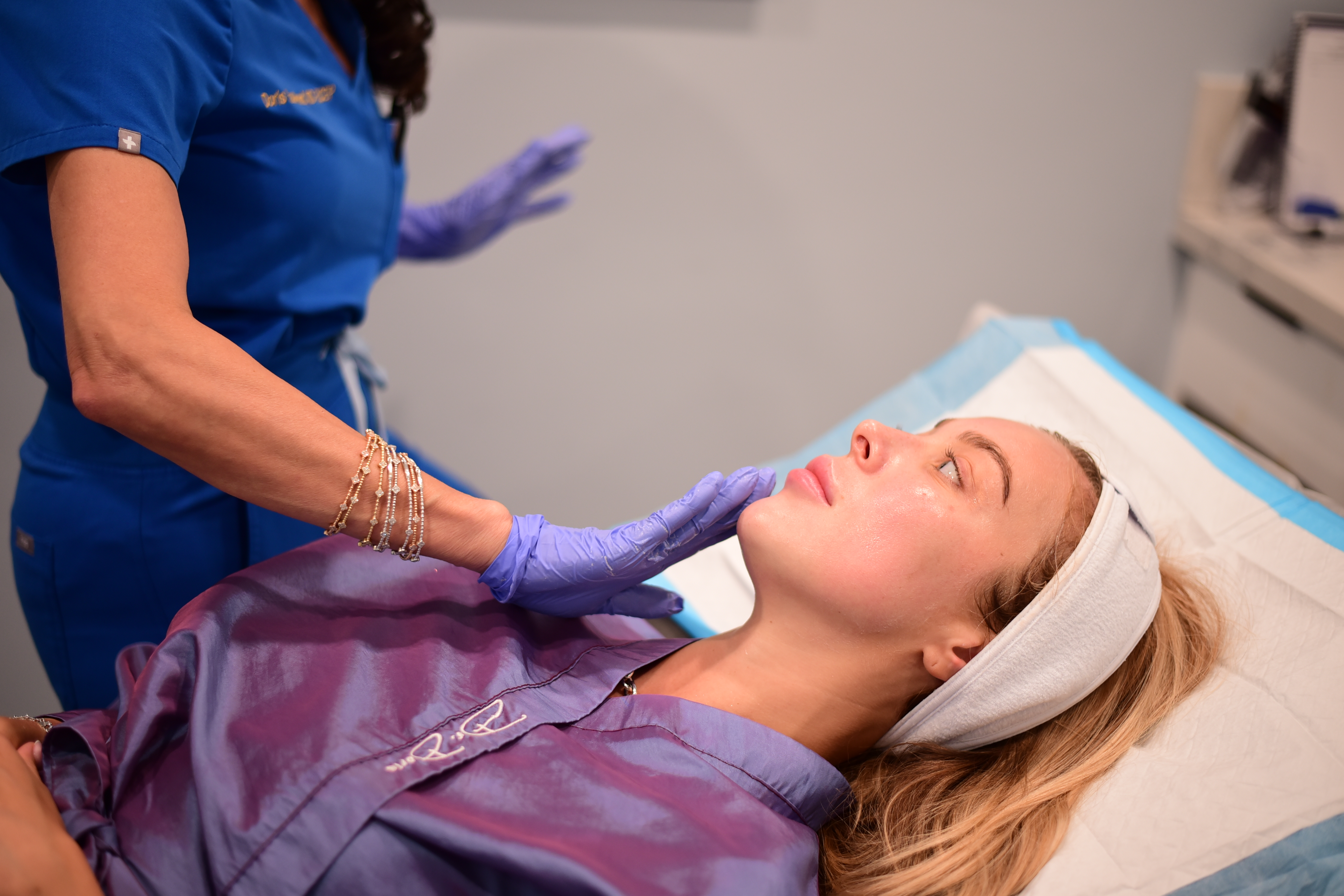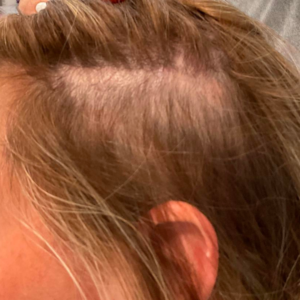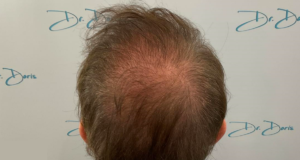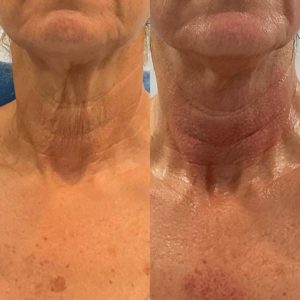In the quest for a youthful appearance, many turn to face fillers as a solution. As someone deeply invested in skincare and aesthetics, I understand the importance of making informed decisions about enhancing one’s features. In this guide, I’ll explore face fillers, covering their types, benefits, potential side effects, preparation, recovery, and how they can help you achieve a rejuvenated look. Let’s embark on this journey together to discover the key to unlocking your desired natural look and learn how to choose a facial filler
Introduction to Face Fillers
Face fillers, or dermal fillers, are injectable substances used to add volume, smooth wrinkles, and enhance facial contours. They are a popular non-surgical method to rejuvenate appearance, typically consisting of hyaluronic acid, collagen, or synthetic materials, each offering unique properties and benefits.

Different Types of Face Fillers
There are various types of face fillers, each catering to specific concerns:
Hyaluronic Acid Fillers: Such as Juvederm and Restylane, are popular for their natural compatibility with skin and versatility in treating different areas.
Calcium Hydroxylapatite Fillers: Like Radiesse, stimulate collagen production and provide long-lasting results.
Poly-L-lactic Acid Fillers: Such as Sculptra, is NOT a filler, rather a biostimulator that is ideal for restoring volume and improving skin hydration and texture over time.
Benefits of Using Facial Fillers
Facial fillers offer more than cosmetic enhancement. They effectively reduce wrinkles, fine lines, and fill hollow areas, restoring the youthful fullness to the face. Filler can also enhance facial contours, augment lips, and rejuvenate tired-looking skin, leading to a more refreshed and vibrant appearance.
Potential Side Effects of Face Fillers
While generally safe, facial fillers carry potential side effects and risks. These may include temporary swelling, redness, bruising, or asymmetry at the injection site. Rare but serious complications like allergic reactions, infection, or vascular occlusion can occur. Choosing a qualified practitioner and following proper aftercare instructions are crucial to minimize these risks.
Preparation and Recovery for Face Filler Treatments
Proper preparation and post-treatment care are essential for optimal results and minimizing complications. Before undergoing treatment, discuss your medical history, expectations, and concerns with your provider. During recovery, avoid strenuous activities, excessive sun exposure, and certain medications to ensure a smooth healing process.
Achieving a Youthful Look with Face Fillers
Facial fillers offer a customizable approach to facial rejuvenation, allowing individuals to address specific areas and achieve desired aesthetic goals. Whether restoring volume to cheeks, smoothing wrinkles, or enhancing lip shape and volume, facial fillers can help turn back the hands of time and restore the youthful vitality to the face.
Lip Fillers: Enhancing the Shape and Volume of Your Lips
Lip fillers can naturally enhance lip volume, definition, and symmetry. By carefully injecting the appropriate amount of filler into the lips, a skilled practitioner can create natural-looking results that complement overall facial harmony. Whether you desire a subtle enhancement or a more dramatic pout, lip fillers offer a versatile solution for achieving the perfect smile.
Skin Fillers: Reducing the Appearance of Wrinkles and Fine Lines
Skin fillers target wrinkles and fine lines by replenishing lost volume and stimulating collagen production. By strategically injecting fillers into areas of concern, such as nasolabial folds, marionette lines, and forehead wrinkles, a smoother, more youthful complexion can be achieved. With advancements in filler technology, patients can enjoy long-lasting results without invasive procedures.
Choosing the Right Practitioner for Face Filler Treatments
Selecting a qualified and experienced practitioner is crucial for the success and safety of your face filler treatment. Look for board-certified and trained physicians who have a proven track record of delivering natural-looking results. Research potential providers, read reviews, and schedule consultations to ensure you feel confident and informed before proceeding.
Taking the Next Step towards Achieving Your Desired Look and How to Choose a Facial Filler
Facial fillers offer a safe and effective way to achieve a rejuvenated appearance without surgery. By understanding the different types of fillers, their benefits, potential risks, and proper treatment protocols, you can make informed decisions that align with your aesthetic goals. Prioritize safety, research your options, and consult with a trusted practitioner to embark on your journey toward a more youthful and confident you.
FAQs
- How long do face fillers last?
Face fillers typically last between 6 to 18 months. The duration depends on the type of filler used and the area treated. Factors like your metabolism, the specific product, and your lifestyle can affect how long they last. - How long do lip fillers last?
Lip fillers usually last around 6 to 12 months. Since the lips are highly mobile, fillers in this area tend to break down faster than in other parts of the face. - Do fillers ruin your face?
When done by a qualified professional, fillers won’t ruin your face. They can enhance your appearance by restoring lost volume and smoothing out wrinkles. Choosing a skilled provider is crucial to avoid complications or overfilling. - Are fillers good for your face?
Yes, fillers can be very beneficial. They help restore a youthful look, enhance facial contours, and smooth out wrinkles. For natural-looking results, they should be used judiciously and by a trained professional. - What is the safest filler for your face?
Hyaluronic acid fillers are generally the safest for facial use. They are biocompatible, reversible, and have a low risk of complications. Popular brands include Juvederm and Restylane. - How do I look after fillers in the face?
After getting fillers, follow these guidelines: avoid strenuous exercise and excessive heat for 24–48 hours, stay hydrated and maintain a healthy skincare routine, avoid massaging or putting pressure on the treated area, and follow any specific aftercare instructions from your practitioner. - Are fillers better than Botox?
Fillers and Botox serve different purposes. Fillers add volume and smooth out deeper lines, while Botox relaxes muscles to reduce fine lines and wrinkles. The best option depends on your specific concerns and goals. Often, a combination of both treatments provides the best results. - Can you get lip fillers while pregnant?
It’s generally advised to avoid getting lip fillers while pregnant. Although there’s no concrete evidence of harm, the lack of research on filler safety during pregnancy suggests it’s best to wait until after childbirth and breastfeeding.
Resources:
American Society of Plastic Surgeons — Dermal Fillers
American Academy of Dermatology — How to get the best results from fillers
The Aesthetic Society — Fillers
FDA — Dermal Filler Do’s and Don’ts for Wrinkles, Lips and More
Restylane
For more information, read our blogs at https://DrDoris.com/Blogs








